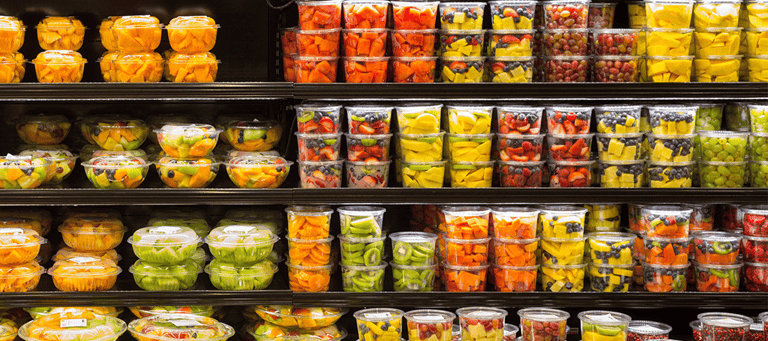Understanding TCS Food: Essential Knowledge for Food Safety
Learn about TCS food, its importance in food safety, and best practices for handling. Ensure your kitchen complies with health regulations and prevents foodborne illnesses.
8/17/20252 min read
In the world of food safety, the term TCS food is crucial. TCS stands for Time/Temperature Control for Safety. These are foods that require specific time and temperature controls to prevent the growth of harmful bacteria and pathogens. Understanding what constitutes TCS food and how to handle it properly is essential for maintaining a safe dining environment.
What Are TCS Foods?
TCS foods are typically high in protein, moisture, and have a neutral to slightly acidic pH, creating an ideal environment for bacterial growth. Common examples include:
Meat products: Beef, pork, lamb, and poultry
Dairy products: Milk, cheese, and yogurt
Eggs: Raw and cooked
Seafood: Fish and shellfish
Cooked vegetables: Especially starchy ones like potatoes
Cut fruits and vegetables: Such as melons and leafy greens
Prepared salads: Including pasta and potato salads
These foods must be kept out of the temperature danger zone (41°F to 135°F) to prevent bacterial growth.
Why TCS Foods Are Risky
Bacteria thrive in the temperature danger zone. If TCS foods are left in this range for too long, harmful microorganisms can multiply rapidly, leading to foodborne illnesses. For instance, bacteria can double in number every 20 minutes under optimal conditions. Therefore, it's vital to monitor and control the time and temperature of these foods throughout their preparation, storage, and service.
Proper Handling of TCS Foods
To ensure the safety of TCS foods, follow these best practices:
Maintain proper temperatures: Store cold foods at 41°F or lower and hot foods at 135°F or higher.
Use thermometers: Regularly check temperatures of food and equipment.
Cool foods promptly: After cooking, cool foods from 135°F to 70°F within 2 hours, and then from 70°F to 41°F within an additional 4 hours.
Reheat safely: When reheating, ensure food reaches 165°F within 2 hours.
Avoid cross-contamination: Keep raw and cooked foods separate, and use clean utensils and surfaces.
Implementing these practices helps minimize the risk of foodborne illnesses associated with TCS foods.
Training and Education
Educating staff about the importance of TCS food safety is crucial. Regular training sessions can help ensure that everyone understands the risks and the necessary precautions. Visual aids, like charts and posters, can reinforce key points and serve as constant reminders in the kitchen.
Regulatory Compliance
Adhering to local health department regulations regarding TCS foods is not just a best practice; it's a legal requirement. Non-compliance can result in fines, closures, or worse, outbreaks of foodborne illnesses. Stay informed about the latest food safety guidelines and ensure your establishment is always in compliance.
Conclusion
Understanding and properly handling TCS foods is fundamental to food safety. By maintaining the correct time and temperature controls, educating staff, and complying with regulations, you can ensure the safety of your customers and the success of your food service operation.
Also read - Beginner’s Guide to Prepping: How to Start Without Feeling Overwhelmed

